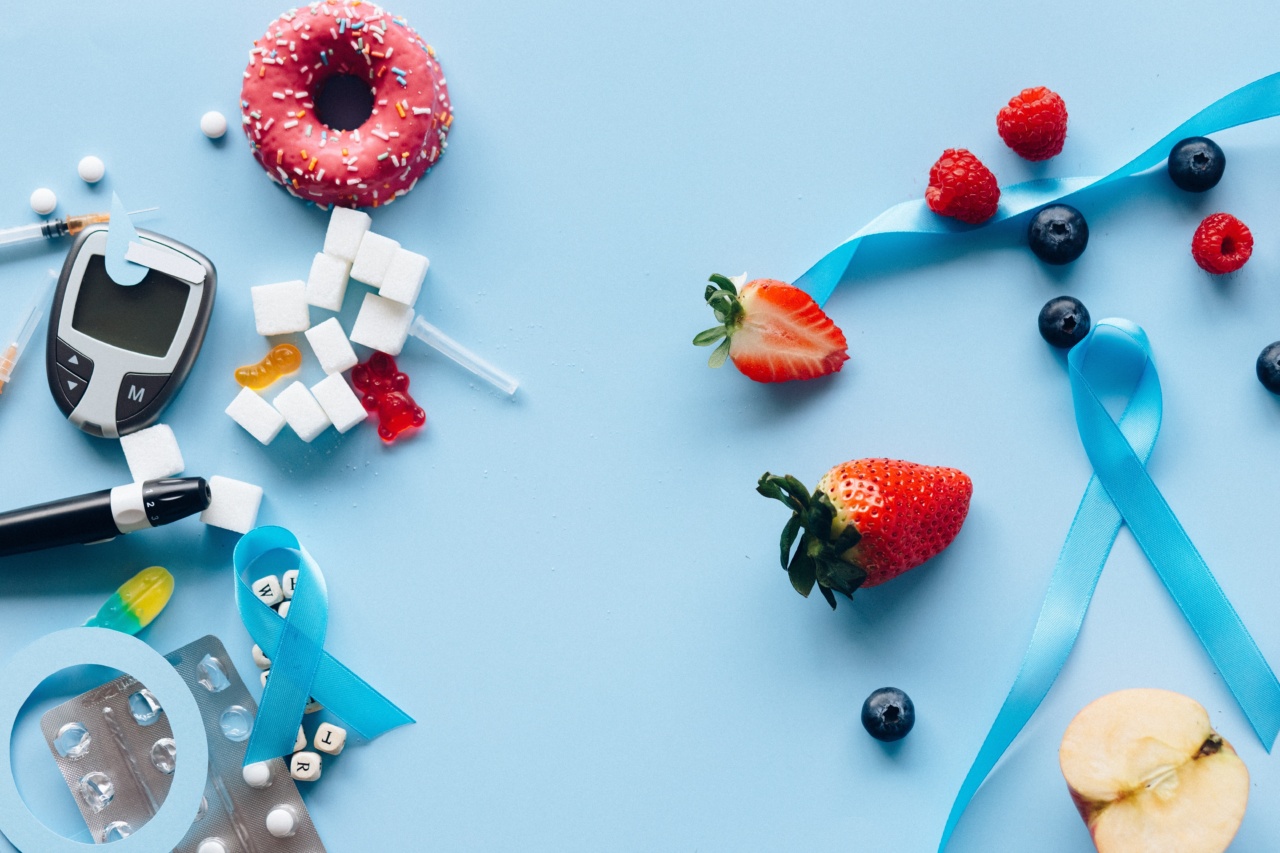Heart attacks, also known as myocardial infarctions, are one of the leading causes of death globally.
According to the World Health Organization, in 2019, 17.9 million people died from cardiovascular diseases, of which heart attacks accounted for a significant proportion. The good news is that in most cases, heart attacks can be prevented. One of the key ways to prevent a heart attack is by taking a blood test.
What is a blood test?
A blood test is a medical test that involves taking a sample of your blood to analyze various aspects of your health. Blood tests are used to determine if you have any health issues or if you are at risk of developing any conditions.
The test can provide doctors with valuable information about your overall health, including your cholesterol levels, blood sugar levels, kidney function, liver function, and red and white blood cell counts.
Blood tests and heart attacks
Blood tests are crucial in identifying and managing risk factors for heart attacks. Several tests can be used to assess your risk of a heart attack. These include:.
1. Lipid profile test
The lipid profile test measures the amount of cholesterol and triglycerides in your blood. Cholesterol is a waxy substance that is essential for the production of hormones and the maintenance of cell membranes.
However, high levels of cholesterol can increase your risk of developing heart disease and having a heart attack.
2. High-sensitivity C-reactive protein (hs-CRP) test
The hs-CRP test measures the level of C-reactive protein in your blood. C-reactive protein is a marker of inflammation in the body. Inflammation is linked to the development of heart disease and can increase your risk of a heart attack.
3. Natriuretic peptide test
The natriuretic peptide test measures the level of natriuretic peptides in your blood. Natriuretic peptides are hormones that regulate blood pressure.
High levels of natriuretic peptides are associated with heart failure, which can increase your risk of a heart attack.
4. Hemoglobin A1C test
The hemoglobin A1C test measures your average blood sugar level over the past two to three months. High levels of blood sugar can damage your blood vessels and increase your risk of a heart attack.
5. Thyroid function test
The thyroid function test measures the level of thyroid hormones in your blood. Thyroid hormones regulate your metabolism, and an imbalance in thyroid hormone levels can cause heart disease.
6. Vitamin D test
The vitamin D test measures the level of vitamin D in your blood. Vitamin D plays a crucial role in maintaining bone health, but recent studies have shown that vitamin D deficiency can lead to an increased risk of heart disease and heart attacks.
What can you do to prevent a heart attack?
While blood tests can help identify risk factors for heart attacks, there are several things you can do to prevent a heart attack. These include:.
1. Maintaining a healthy weight
Being overweight or obese can increase your risk of developing heart disease and having a heart attack. Maintaining a healthy weight through a balanced diet and regular exercise can significantly reduce your risk of a heart attack.
2. Quitting smoking
Cigarette smoking can damage your blood vessels and increase your risk of developing heart disease and having a heart attack. Quitting smoking is one of the best things you can do to reduce your risk of a heart attack.
3. Exercising regularly
Regular exercise can help maintain a healthy weight, lower blood pressure, and reduce the risk of developing heart disease and having a heart attack.
Aim for at least 30 minutes of moderate-intensity exercise, such as brisk walking, most days of the week.
4. Eating a heart-healthy diet
A heart-healthy diet includes plenty of fruits, vegetables, whole grains, lean protein, and healthy fats. Reducing your intake of salt, sugar, and saturated fats can also help reduce your risk of a heart attack.
5. Managing stress
Chronic stress can increase your risk of developing heart disease and having a heart attack. Learning how to manage stress through techniques such as meditation, yoga, or deep breathing can help reduce your risk of a heart attack.
The bottom line
Heart attacks can be prevented, and taking a blood test is a crucial part of identifying and managing risk factors for heart disease.
Speak to your doctor about which tests may be right for you based on your age, sex, medical history, and current health status. Implementing lifestyle changes such as maintaining a healthy weight, quitting smoking, exercising regularly, eating a heart-healthy diet, and managing stress can also help reduce your risk of a heart attack.


























